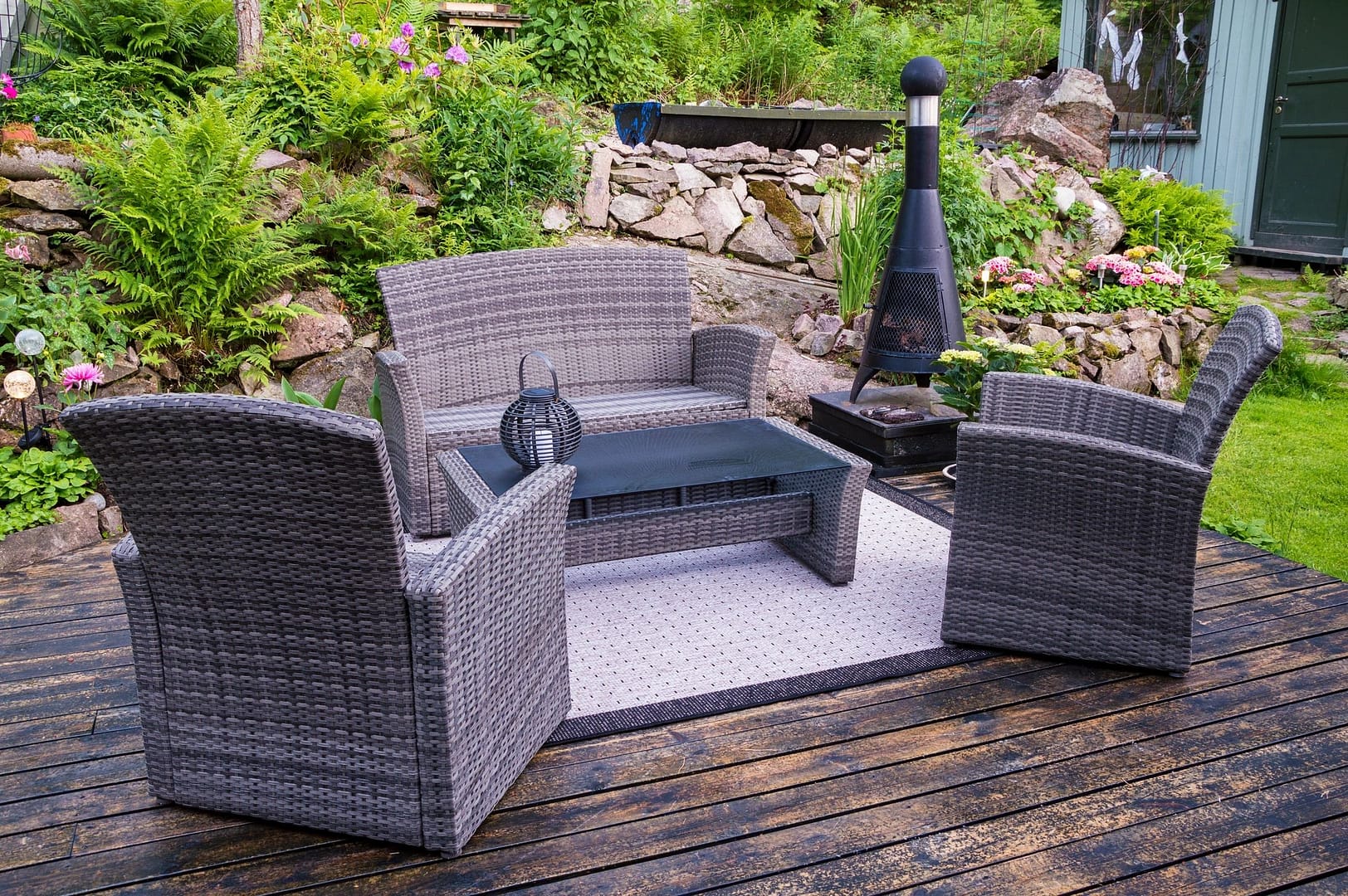The modern sustainability movement is rapidly expanding into all aspects of design. Even design undergraduate students from all creative industries now have to consider the ‘cradle to grave’ lifecycle of the materials, processes, and end product of their coursework assignments as a standard concern. And as a consumer, it is something that we too should consider when buying furniture for our homes. The following article will discuss eco-friendly furnishing and give tips on how you can make your purchases greener.
Reclaimed Materials/Furniture
Furniture made from reclaimed wood can come from a number of different sources. However, it is commonly made from structures that were originally crafted from wood but are now no longer in use – old railway sleepers, for example. Reclaimed wood is usually very strong as well as flexible and wears its dents and imperfections from its former life as a badge of honor. The finish of reclaimed wood furniture is usually stripped back and has a rough, natural-feeling texture. But don’t worry, the timber isn’t splintery or damp like it’s just been ripped off the side of a railway track; it’s kiln-dried and checked for infestation and moisture before it gets re-purposed. Using reclaimed wood also saves 87% of the carbon emissions that would otherwise be used to make the same product from virgin wood, according to the Waste and Resources Action Program. Plus, as well as saving the trees from deforestation, a reclaimed wooden dining table has all the charm and backstory of an expensive antique for around a tenth of the cost.
Bamboo
Bamboo isn’t a type of tree, it’s actually a type of grass – which means it’s extremely fast growing and can be easily replenished; the perfect sustainable building material. Bamboo is very versatile and can used in range of different products – from flooring to blinds to furniture – because the fibres are very flexible and strong. In terms of bamboo’s sustainability credentials, bamboo forests require a lot of water and can deplete the amount of minerals in the soil due to frequent harvesting. But overall, bamboo is still one of the most sustainable building resources out there.
Solid Wood
It is common for solid wood furniture to be handcrafted. You can usually see how the piece was constructed by spotting the visible dove-tail joints. You should also be able to feel the grain of the wood on the surface. If there are carved pieces as part of the furniture’s design, this will be another indicator that the piece is made from solid wood, rather than merely consisting of a wooden veneer.
Although not strictly environmentally sound, solid wood can be seen as the more sustainable furniture material over cheaper veneer coated furniture because the piece will hold together and look beautiful for decades to come. This means that you won’t have to keep replacing broken or out-of-style furnishings in your home. Your solid oak dining table therefore can be fixed, redecorated or handed down through generations.
Certified Sustainable Wood
Organizations such as The Rainforest Alliance and Forest Stewardship Council certify products made from resources that are sustainably grown and maintained fairly by people who have access to education and decent pay. There are thousands of furniture retailers out there that specialize in sourcing certified, sustainably made pieces. So if you’re serious about the environmental impact of your decorating choices, these would be the vendors you’d want to target for your furniture needs.
So there you have the low-down on sustainable furniture. If you have purchased sustainably made pieces of furniture for your home, please leave a comment below.


